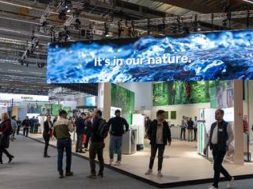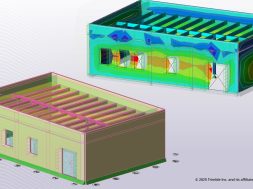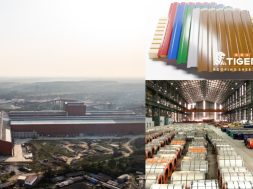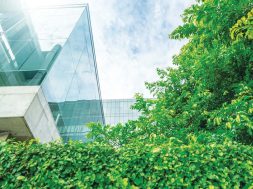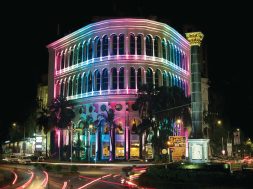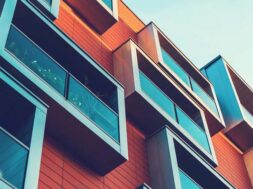LED lighting: creating sustainable buildings and healthy working environment
India needs to adopt green building to create livable and productive habitation. Indranil Goswami, Business Head – Controls, Philips Lighting India, writes how LED lighting can help meet the sustainability challenges of buildings of the future
With the amount of CO2 released into the earth’s atmosphere tripling from 10-30 billion tonnes from 1965 to 2011, we face a challenge to reduce our carbon footprints. Do our cities hold an answer? Currently, our cities account for more than 70 per cent of global CO2 emissions and consume about 75 per cent of the world’s energy. As public and commercial buildings are responsible for 40 per cent of global energy use, it becomes obvious that ‘green buildings’ need to be part of the solution to the carbon challenge.
Sustainable buildingA general consensus suggests that ‘green buildings’ refer to a structure and operating process that is environmentally responsible and resource efficient throughout a building’s life cycle: design, construction, operation, maintenance, renovation and demolition. Not only green buildings save costs and are easy on the environment, they are also designed to improve the overall impact on human health and wellbeing.
Reducing costs and carbon footprintsLighting is responsible for 35 per cent of energy consumption in buildings — more than twice the amount consumed by IT and office equipment. In short, globally energy-efficient lighting in offices, industry, retail and hospitality could save 331 million tonnes of CO2, 936 million barrels of oil equivalent or 312 power stations at 2 TWh/yr. And replacing T8 fluorescent tubes in an office or factory by TL5s with lighting controls saves 61 per cent energy or 93 kg CO2 per year per lamp, and the same is valid for replacing HID high-bay lamps in the industry with LED luminaries for hard to reach ceilings.
Benefits beyond carbon reductionWith light affecting us in a variety of ways, it is generally accepted that lighting can create different and inspiring ambiances. Research has revealed the importance of the biological effects of light on people. Foster et al demonstrated the existence of the third-type photoreceptor and that light captured by this photoreceptor is responsible for regulating our circadian rhythm and bodily processes such as sleep. Without resetting by light, the internal body clock would run autonomously, resulting in recurrent periods whereby the body’s physiology would tell us to sleep during the daytime and be awake at night. Light will subsequently affect a person’s level of alertness and mood, and consequently the ability to perform a task.
There are also financial benefits to green buildings. As energy certification becomes obligatory, it impacts asset valuation and building vacancy. Green buildings increase real estate value. Research shows that property resale value is 16 per cent higher. Effective rent premium is 7 per cent higher and tenants are willing to pay up to 3 per cent higher rental rates.
Why intelligent lighting?With intelligent lighting, controls automatically switch lights off when spaces are empty, and adjust lighting levels based on the amount of natural light. The controls monitor energy savings, and allow lighting to be customised to each work environment and gives occupants control of their own lighting. More comfortable lighting helps enhance workplace productivity and efficiency. Blinds, shutters and lighting are all integrated into and operated by the same, intelligent lighting control system. This is the future of buildings and energy management systems. LED adoption in IndiaIn the coming decades, a large section of the infrastructure in India would be buildings. This is where sustainable lighting through LEDs will play a big role — be it residential structures or office buildings.
Road forwardThere are many reasons to improve the resilience and sustainable nature of our building infrastructure. Besides creating new jobs through the renovation of buildings, the benefits of green buildings — vast reductions in energy consumption, related energy budget cuts and carbon footprint reductions — contribute to tackling a number of imminent challenges mankind has ever faced. To create livable and productive habitation, we as a growing economy, should adopt green building to create value for not just our own generation but also for those to come.
Authored by— Indranil Goswami, Business Head – Controls,Philips Lighting India
16
Cookie Consent
We use cookies to personalize your experience. By continuing to visit this website you agree to our Terms & Conditions, Privacy Policy and Cookie Policy.

